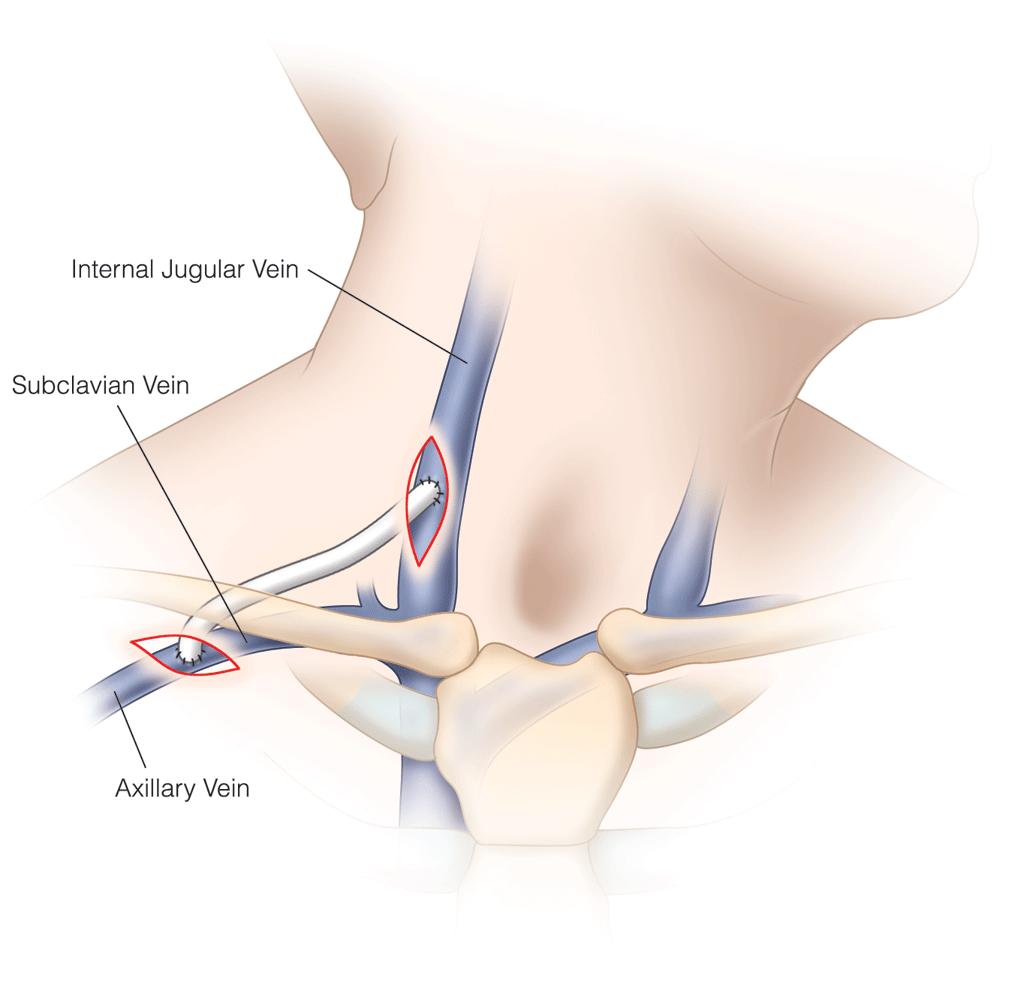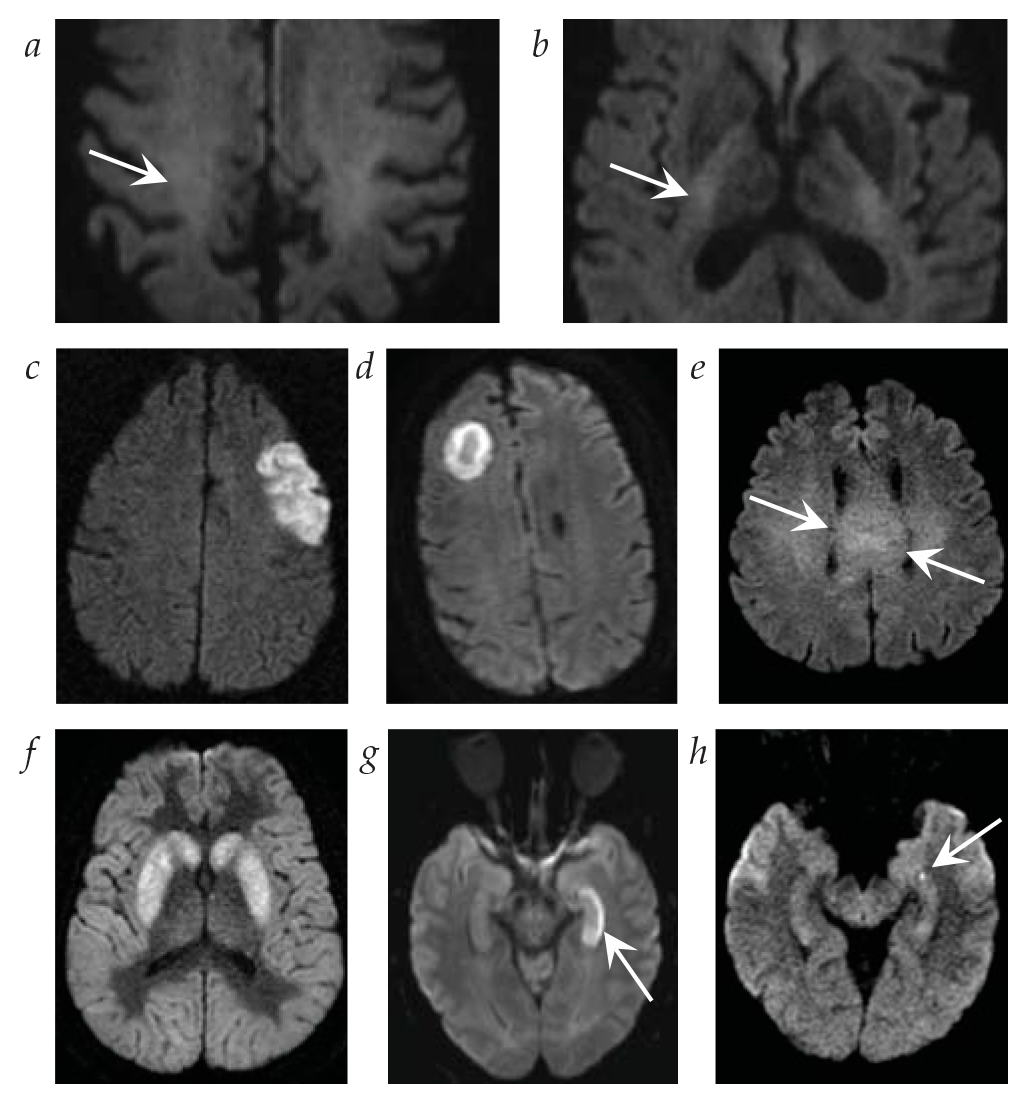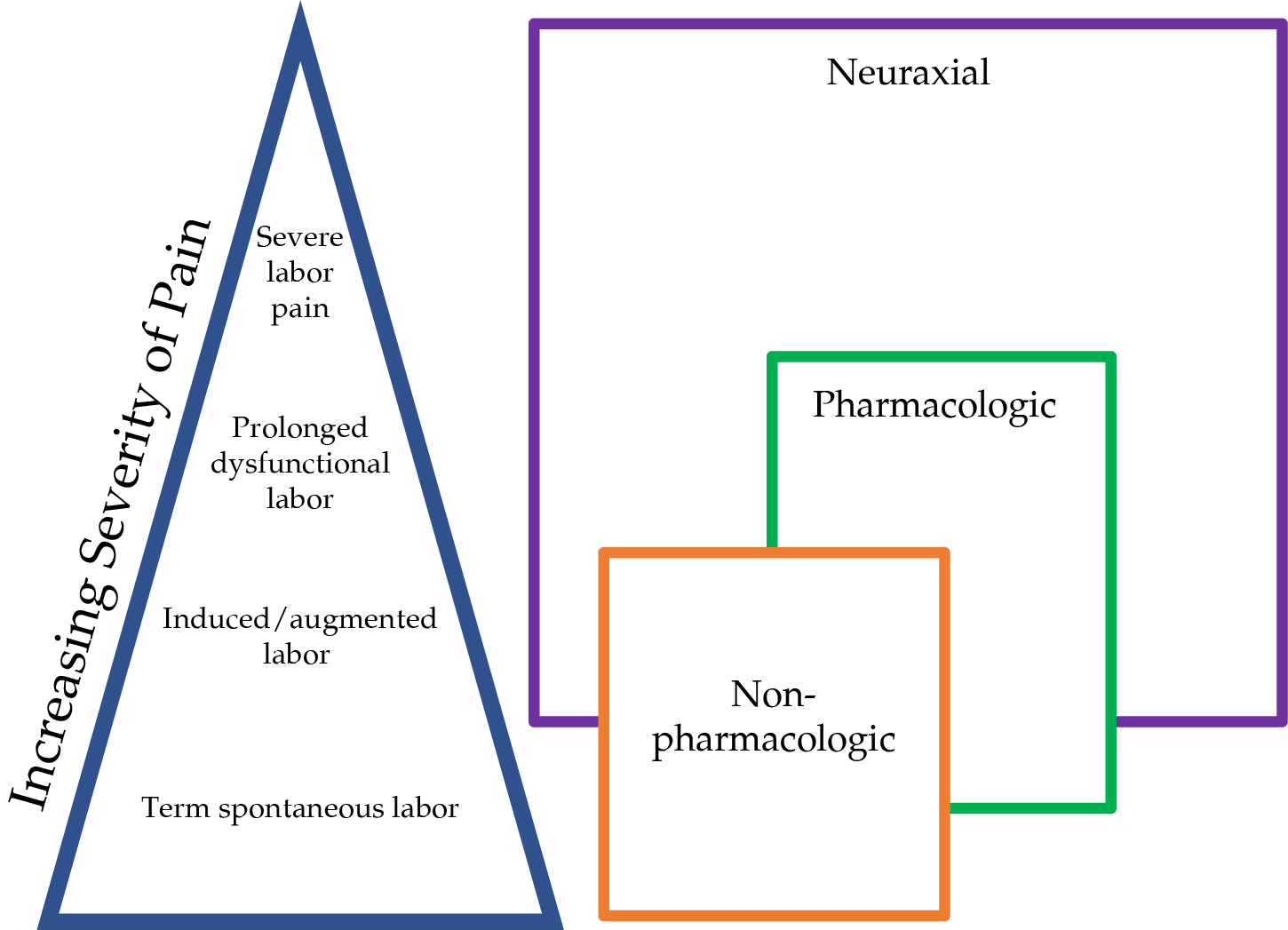Strategies of Hemodialysis Access
- The Hemodialysis Reliable Outflow (HeRO) graft (Hemosphere/CryoLife Inc, Eden Prairie, MN) is an innovative approach to obtain permanent AV access in patients with subclavian and internal jugular venous occlusions not amenable to open or endovascular means of recanalization.
- In 2016, data from the United States Renal Data System (USRDS) showed that 124,675 new patients began therapy for ESRD, whereas the prevalent dialysis population reached 726,331. Of note, after a continuous rise in ESRD patients between 1980 and 2010, for the first time a plateau or even slight decline was seen between 2010 and 2016.
- A common tradeoff for the higher long-term patency rates associated with autogenous AV access is failure of maturation of the outflow vein, leading to inadequate venous dilation and either inability to successfully use the AV access for dialysis or early AV access failure. Initial success rates leading to a functional AV access range from 55 to 97%.








.png)






